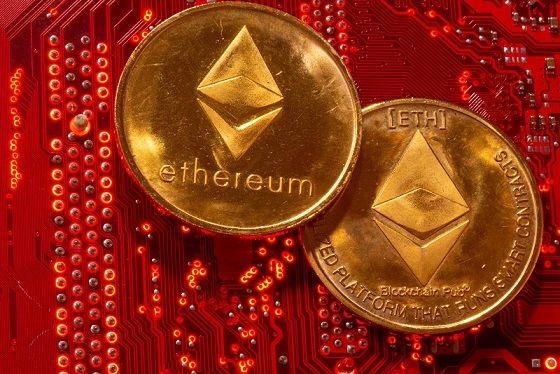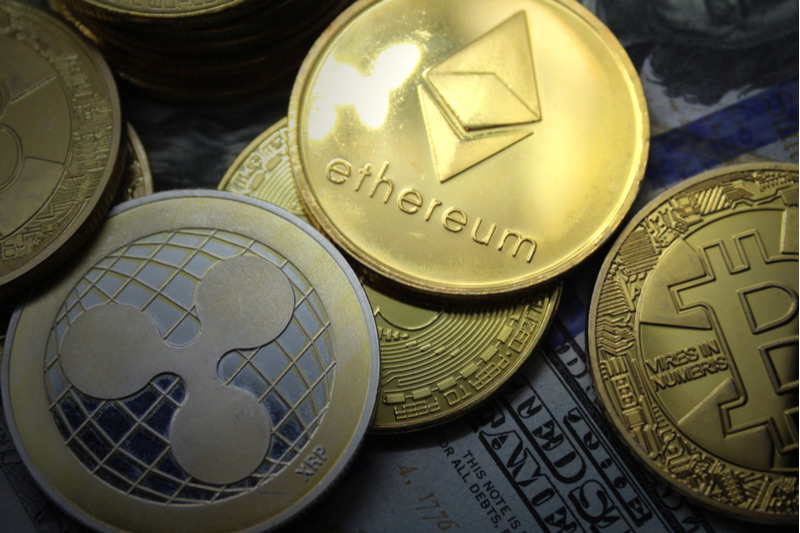U.Today – SHIB price has moved very little to nothing over the past few weeks and remains stuck in a stalemate. SHIB has made multiple attempts to break out of its current trading range but has been unable to generate much momentum, leaving investors and traders uneasy.
Looking at the available market and on-chain data, it is evident that SHIB is currently stuck in a small trading range with its price hovering around $0.0000134. The 200-day and 100-day exponential moving averages (EMA) coincide with resistance levels at $0.00001813 and $0.00001597 respectively, which is important to note.
A stronger uptrend is possible if SHIB manages to break above these levels, which could signal the end of this extended period of stagnation. The support at $0.00001200 remains crucial for the downside. SHIB may enter a deeper correction if there is a drop below this level, which could lead to additional declines.
This could further prolong the current impasse, which would be especially worrying for those looking for a bullish reversal. On-chain indicators point to a lack of significant buying interest, which is consistent with the overall mixed market sentiment around SHIB. Because traders are remaining cautious and waiting for a clear directional move before committing to new positions, trading volume has remained relatively low.
Can't break through
The 50-day exponential moving average on the chart, which is at $61,000, represents a significant resistance level that Bitcoin recently encountered. Four times in a row, Bitcoin failed to break through this barrier despite multiple attempts, indicating that this resistance may be stronger than initially thought. For traders and investors, failure to break through $61,000 is concerning because it could signal a period of inactivity for the Bitcoin price.
A common technical indicator is the 50 EMA, which can signal a weakening of bullish momentum when the price finds it difficult to break above it. This puts Bitcoin in a situation where it could get stuck in a small trading range and fail to gain the momentum it needs to move higher. The broader market environment is making things worse, as there are signs of increasing complexity and unpredictability in the situation.
The lack of strong buying interest and the decrease in trading volume are two possible reasons for the failure to overcome this resistance level in the market.
Clearly underutilized
Ethereum transaction fees have fallen to their lowest level in five years, raising the possibility of a fundamental crisis. The strength of the overall market and the network’s economic model may be significantly impacted by this drop in fees.
According to the charts provided, the ETH supply has increased by 58,292 ETH over the past 30 days with an issuance rate of 939,000 ETH per year. However, the burn rate, which is crucial to limiting supply and preserving scarcity, has decreased to 229,000 ETH per year. With an annual net supply growth of 0.59%, Ethereum’s value proposition, which has been primarily focused on deflation since the shift to Ethereum 2, may be undermined.
The short-term benefits that users gain from low transaction costs may be offset by decreased incentives for validators and a decrease in the overall security and stability of the network. The reward structure for validators becomes less attractive when fees are generated less frequently, which could result in decreased participation in the network. In a proof-of-stake system where incentives for validators are essential to preserve network security, this scenario is especially worrying.
Fundamental elements of Ethereum’s value, such as network security and scarcity, could be jeopardized if this trend continues, potentially leading to an extended period of stagnation or even decline. A crucial issue that needs to be resolved to prevent Ethereum’s market dominance from further eroding is the continued decline in fees and asset burn rate.
This article was originally published on U.Today









